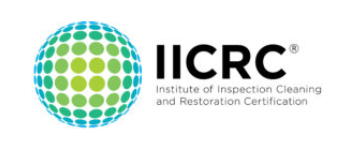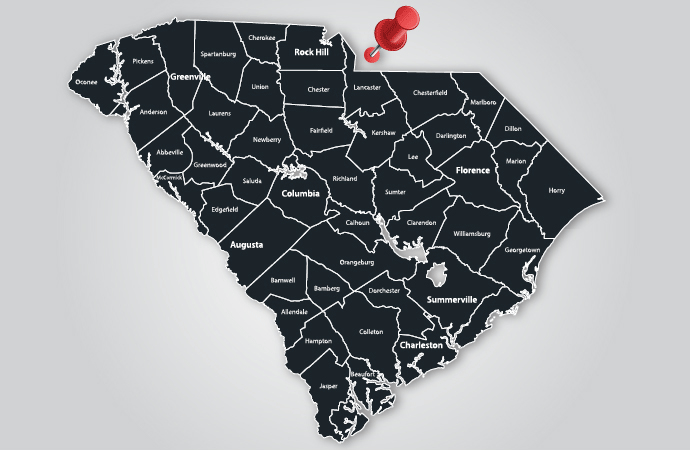How to Know if Water Damage is New or Old
Water damage is the most common type of South Carolina property damage because of the numerous ways it can strike. Natural outside occurrences like rainstorms, hurricanes, and flooding might lead to water damage, but it can also materialize with interior issues such as burst pipes and sewage backups that allow water to flow into your home or business property, ruining it in the process.
Sometimes, the damage is hidden so you may not notice it immediately. Once you do, you may question how long ago the damage occurred. As time passes, water damage that has not been dealt with begins to deteriorate a structure and thus causes more destruction. So being able to discern when an area has undergone water damage can provide you an idea as to the degree of the damage as well as how quickly you need to have the damage restored.
If you encounter what you believe is water damage but aren’t certain when it occurred, use these guidelines to establish whether it’s fresh or old.

Touch the Affected Area
New water damage will be damp, but the material that’s been impacted will still be firm, not soft. Older water damage will produce soft, mushy areas because of the amount of time the substance has had to soak up the moisture.
For example, wallboard that’s been harmed by recent water damage will be damp but still rigid. Its structural integrity is still intact because the water hasn’t had enough time to harm it significantly. Wallboard with past water damage, though, will feel softer because adequate time has gone by for it to absorb the water and begin to deteriorate the drywall. To help you find out how long drywall has been wet, here’s an important fact; standing water can wick up drywall as quickly as one inch an hour for the first 24 hours.
Look for Rings
Stains and discolored marks are some of the common signs of water damage. More precisely, rings may appear on softer materials, like wallboard, when they’ve been regularly damaged by water.
If you notice a darker spot without any rings around it, this indicates that the water damage is new. Older, periodic water damage stains (for example, from an irregular pipe leak) will have rings around them. And like the stump of a tree, the more rings, the older they are. Differing hues and colors of the rings will inform you that the material has been soaked, dried, soaked, dried, etc.
Search for Mold Growth
Water damage and mold growth coincide as water damage produces the perfect conditions for mold spores to breed and establish colonies. Mold requires moisture and a food source to grow. When mold spores meet up with both, this initiates mold growth. Mold damages the materials it grows on, eroding the surfaces. Mold damage can become so serious that it alters a building’s structural integrity.
So, if you discover mold growing in your South Carolina home or business, there’s a decent chance that there has been water damage somewhere within the structure. Mold develops within 24-48 hours after exposure to water and a food source and will continue to grow until the root of that moisture is eliminated.
Call a Professional Water Damage Restoration Service
If you determine your property has experienced water damage — old or new, large or small — take care of the situation as soon as possible! Water damage only gets worse with time, and mold growth soon follows. If water damage is ignored for too long, there is a very real danger that impacted structural materials could become so weak that they collapse.
So get in touch with Kingsley Water Damage & Fire Cleanup promptly. The sooner you get professional help, the less damage there will be – along with less cost.
After eliminating all excess water and moisture from your property, we will thoroughly dry out the impacted areas and materials. Afterward, we’ll restore and clean the damaged areas. If mold growth has become an issue, we will provide mold remediation services as well. With our help, your South Carolina property will become safe, clean, and restored to its former condition.





